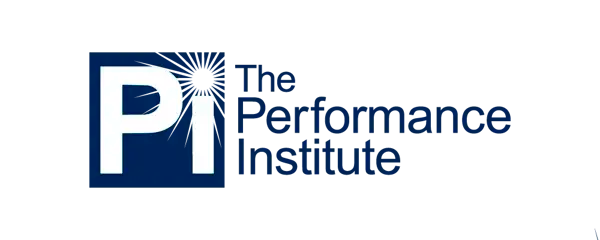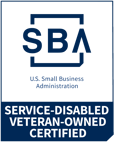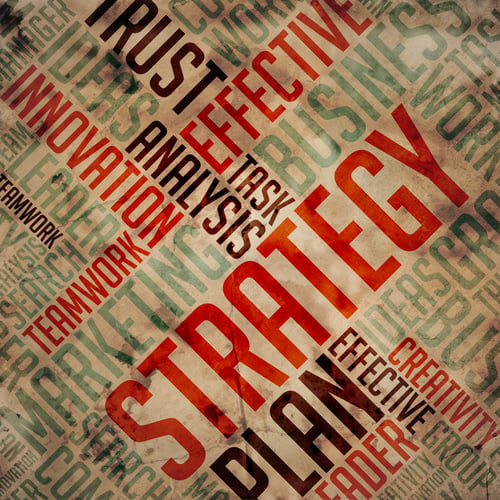In our August post Driving High Performance: Enhance Talent and Capability to Achieve Results we presented this equation: Available Talent + Performance Capability = Desired Results. In today’s post, we will elaborate on the Available Talent variable in that equation.
Is your Federal government organization efficient in applying available resources to optimize performance?
Well, that answer depends. If responsibility for organizational performance is limited to leaders and managers, then the answer is usually no. Employees will likely wait until performance-related decisions are made and direction comes down from above.
As a government leader/manager, you are of course responsible for guiding, directing, and managing the performance of your employees. What if you had a workforce that sees performance the way that you do? What if the contribution to the organizational performance was part of their own scope of performance? Individuals in this workforce would exhibit a performance mindset – a keen interest in their organization’s performance as well as their own.
You can obtain such a workforce by enhancing your recruiting, hiring, and orientation process. A potential employee’s personal characteristics can provide clues to their capacity to contribute to your organization’s performance. Look to find future employees who exhibit three important characteristics:
- A focus on improvement
- A problem-solver mindset
- A bias for action
When you find them, provide the conditions they require to exhibit these characteristics. In future posts, we will discuss how to do this. In the meantime, let’s look at these characteristics individually.
A Focus on Improvement
Employees focused on improvement are interested in learning. They desire to 1) meet the organization’s performance expectations while 2) meet their own expectations for a satisfying work experience. Look for individuals that express a desire to do the following:
- Learning and Mastery: Learn their job thoroughly, constantly improve, and eventually master the work they do. Connect their performance to their organization’s success.
- Feedback and Affirmation: Receive feedback from coaches and mentors (e.g., colleagues and managers), apply it to improve their performance, and use it to confirm that they meet and exceed performance expectations.
- Contribution and Efficacy: Confirm that their work contributes to the organization and has a perceptible impact on its performance
These employees are highly likely to be genuinely engaged with their work and provide added capacity to pursue performance goals.
A Problem Solver Mindset
The quickening pace of change in the workplace increasingly impacts an organization’s performance at all levels. Change often occurs at the organization’s boundary, where front-line employees meet customers. Often, a response is delayed as management is informed, decides, and directs action. You can mitigate this challenge by looking for individuals who demonstrate an ability to:
- Detect and Assess Impact: Exhibit curiosity when encountering an unfamiliar situation or problem. They investigate, determine problem severity, recognize the potential impact, and alert those in authority
- Analyze and Diagnose Problem: Use basic analytical skills to analyze a problem, gain additional detail and insight, and provide a preliminary diagnosis of the cause.
- Develop Solution Options: Speed up a response by developing possible courses of action and confidently providing timely recommendations to management.
Not all potential employees will exhibit all these capabilities, nor will they be present to the same extent as any individual. Where they are present though, the organization benefits when employees are free to apply them.
A Bias for Action
Traditionally, most employees find it less stressful to wait for their superiors to handle problems. They assume management will figure things out and notify them of actions to take. On the other hand, an employee able and willing to troubleshoot at the operational level is highly desirable. Search for employees who will confidently and proactively act when these conditions are present:
- Priorities and Risks: Organizational priorities are known, authorization/limitation on their actions is documented, and management expresses its level of risk tolerance.
- Autonomy and Trust: Autonomy to make decisions and act granted after decision-making skills developed over time. Management trusts them to act when called upon to do so.
- Feedback and Reflection: Constructive management feedback is provided for employee learning rather than blame. Employees are allowed to learn from failure and reflect on how to improve decision-making and outcomes.
Many employees (though admittedly not all) arrive in their new organizations with a bias for action. Unfortunately, they often are disappointed when they are met with a culture of micro-managers and/or apathetic co-workers.
Conclusion
A workforce with an innate desire to act, solve problems, and improve performance will contribute to organizational agility. It provides the organization with an enhanced ability to detect problems and challenges. It increases available brainpower for analyzing problems and developing solutions. And most importantly, it speeds up a response to mitigate or resolve the challenge.
Prioritize these characteristics when recruiting, hiring, and developing your workforce. Doing so will lead to the talented workforce you need, create a foundation for organizational agility, and free up you to concentrate on more urgent and complex issues.
If you would like to know more about how to improve your organization’s available talent and performance capability, The Performance Institute can help. These three courses, part of our Organizational Change Management portfolio, can help get you started:
Each course addresses desired behaviors and improvement tips necessary to improve talent and capability performance in critical aspects of a high-performing workplace. The next public offering of these courses is close at hand – December 5th -9th, 2022.
Check out our other courses at PI Training Calendar.














